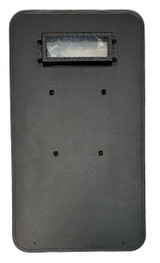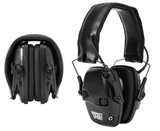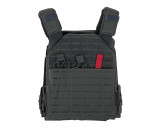The Ultimate Guide to Armor Plates: Materials, Sizes, Military Standards, Weight, and Where to Buy
Introduction: BattleSteel® – A Leader in Tactical Protection
When it comes to personal protection, BattleSteel® is a name that stands out in the industry. Specializing in advanced ballistic protection gear, the company offers a wide range of armor plates designed for military personnel, law enforcement officers, and civilians who prioritize safety. With cutting-edge technology and rigorous testing, BattleSteel® ensures its armor plates provide the highest level of protection while maintaining comfort and durability.
Understanding armor plates is crucial for anyone looking to enhance their personal security. This article will break down everything you need to know, from materials and sizes to military standards and weight considerations. By the end, you will have a clear understanding of which armor plates are best suited for your needs and where to purchase high-quality options, including those from BattleSteel®.
What Are Armor Plates Made Of?
Armor plates are constructed from a variety of materials, each with its own strengths and weaknesses. The most common materials include:
- Steel – Traditional and highly durable, steel armor plates are known for their ability to withstand multiple hits. However, they tend to be heavier than other options and may cause spalling, which requires anti-spall coatings or liners.
- Ceramic – Designed to absorb and disperse impact energy, ceramic plates are lighter than steel but can be fragile and may crack upon impact.
- Polyethylene (UHMWPE) – These plates are lightweight and capable of stopping rifle rounds due to their high molecular weight composition. They offer excellent comfort but can be costly.
- Hybrid (Steel-Ceramic-Polyethylene Combinations) – Some plates combine multiple materials to optimize weight, durability, and stopping power. BattleSteel®, for example, offers hybrid solutions that balance protection with mobility.
Expert Advice from BattleSteel®:
- Consider the environment in which you’ll be using the plates. Steel is best for high-impact areas, while polyethylene is ideal for lightweight mobility.
- Always check the NIJ (National Institute of Justice) rating to ensure your armor meets the required protection levels.
What Size Armor Plates Do I Need?
Choosing the right size armor plate is essential for full coverage and comfort. The standard plate sizes include:
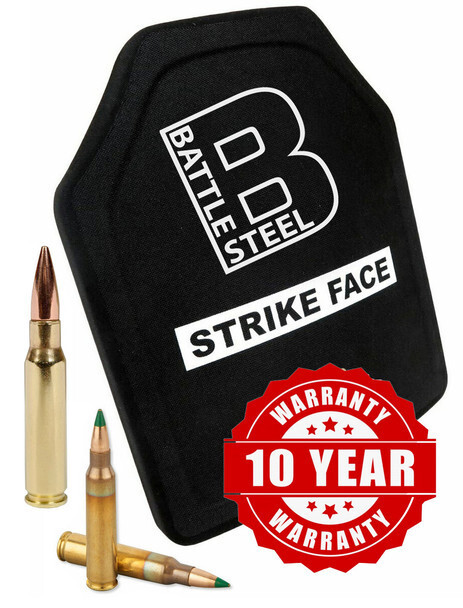
- Small (8x10 inches) – Suitable for compact vests and smaller frames.
- Medium (10x12 inches) – The most common size used by civilians and law enforcement.
- Large (11x14 inches) – Designed for larger individuals or those requiring more coverage.
- Specialty Cuts (SAPI, Shooter's Cut, Swimmer's Cut) – These customized shapes improve mobility while maintaining protection.
Expert Advice from BattleSteel®:
- Measure your torso and ensure the plate covers vital areas such as the heart and lungs.
- Opt for curved plates if you need a more comfortable fit, especially for prolonged use.
What Armor Plates Does the Military Use?
Military personnel require armor plates that provide maximum protection while balancing weight and mobility. Commonly used plates include:
- ESAPI (Enhanced Small Arms Protective Inserts) – Made from ceramic and backed with composite materials for added protection.
- SAPI (Small Arms Protective Inserts) – Standard issue plates designed to stop rifle rounds.
- UHMWPE (Ultra-High Molecular Weight Polyethylene) Plates – Used for lightweight protection in special operations.
Expert Advice from BattleSteel®:
- Military-grade plates are often Level III or IV rated, meaning they can stop higher caliber rounds.
- If you’re a civilian looking for similar protection, BattleSteel® offers high-quality alternatives to military armor.
How Much Do Armor Plates Weigh?
The weight of an armor plate depends on its material and size. Here’s a comparison:
|
Material |
Average Weight (10x12 inches) |
|
Steel |
8-10 lbs |
|
Ceramic |
5-7 lbs |
|
Polyethylene |
3-5 lbs |
|
Hybrid |
4-6 lbs |
Expert Advice from BattleSteel®:
- If mobility is a priority, opt for polyethylene plates.
- Ensure your plate carrier is compatible with your chosen weight for comfort and usability.
Where to Buy Armor Plates
Purchasing high-quality armor plates is critical for safety. Here are some reliable options:
- BattleSteel® (Recommended) – Known for top-tier protection and innovation in ballistic armor.
- Tactical Gear Retailers – Online and brick-and-mortar stores specializing in military-grade equipment.
- Authorized Distributors – Ensure authenticity and proper certification.
Visit BattleSteel®:
For the best in protection, visit BattleSteel® and explore their selection of high-quality armor plates.
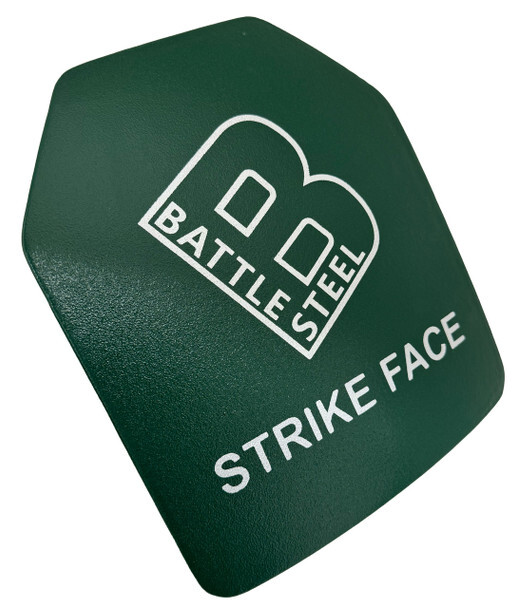
Frequently Asked Questions
What is the best armor plate material?
The best material depends on your needs. Steel is durable but heavy, while polyethylene is lightweight and high-performing.
How do I know what level of protection I need?
Check the NIJ rating. Level III stops most rifle rounds, while Level IV protects against armor-piercing rounds.
Can civilians buy military-grade armor plates?
Yes, but some states have restrictions. Always check local laws before purchasing.
How do I maintain my armor plates?
Store them in a cool, dry place and inspect them regularly for cracks or damage.
Are BattleSteel® plates NIJ certified?
Yes, BattleSteel® offers NIJ-certified plates that meet or exceed protection standards.
Armor plates are an essential investment for personal protection. Whether you’re military, law enforcement, or a civilian preparing for emergencies, understanding armor plates will help you make the best choice. Visit BattleSteel® today to find the perfect armor plate for your needs.
Recent Posts
-
Understanding Ballistic Shield Ratings and Their Applications
The Trusted Name in Tactical Defense - BattleSteel® When it comes to protecting those who protect us …2025-04-19 -
The Importance of Hearing Protection in Tactical Environments
The Legacy of BattleSteel® BattleSteel® is a trusted name in the world of tactical defense equipment …2025-04-14 -
How to Properly Fit and Wear a Plate Carrier
About BattleSteel and Their Mission BattleSteel is a trusted name in the tactical gear industry, ren …2025-04-11

